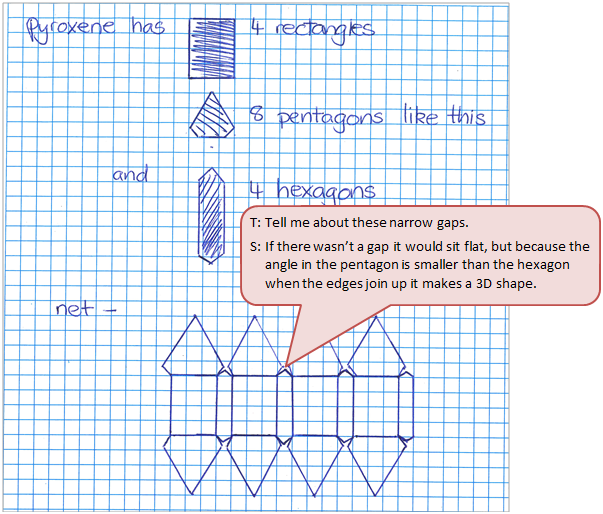WALT: I can find fractions decimals and percentages of amounts expressed as whole numbers,simple fractions, and decimals.
Link to assessment task
Concept
|
Definition -
give the meaning of these concepts in your own words.
|
Tikanga
|
It is a custom way of doing things.
|
Pōwhiri
|
To welcome others on to a marae.
|
Tangata whenua
|
People who are connected to a marae.
|
Manuhiri
|
People visiting a marae.
|
Tūrangawaewae
|
Gives you somewhere to stay.
|
Whanaungatanga
|
It means connection or belonging
|
Manaakitanga
|
Care for someone.
|
Aroha
|
Loving and caring for others.
|

Skin
|
Hole
|
Inside the orange
|
Juice
|
65 Grams
|
200 Grams
|
62 Grams
|
25 Grams
|
Altogether after deconstructed
|
175
|
Pencil case
|
Ipad
|
Shoe
|
Couch
|
300 grams
|
20 cm
|
6 cm
|
80 cm
|
TASK 1 - read the text about Sneakairs
| TEXT: EasyJet's Smart "Sneakairs" Makes Sightseeing Effortless |
What I already know about navigating with maps?
|
|
Who created “Senakairs?”?
|
Lechal and easyJet
|
How do the “Sneakairs” work?
|
|
How do “Sneakairs” help tourists visiting a new city or town?
|
|
What challenge does easyJet need to overcome before “Sneakairs” can go mainstream?
|
|
Can you think of any other uses for smart shoes like Sneakairs? - (give at least 2)
|
|
Can you think of a better invention than Sneakairs to help us navigate places? Why is that invention better than Sneakairs?
|
|
Two girls stood with their parents by a car, watching him. So Corey tried to look cool and expert, and he started up the track behind his father.
The blunt pyramid of Mt Taranaki lifted into a blue winter sky. Snow softened the cliffs where lava had flowed, thousands of years ago. High up towards the summit, the ridge of The Lizard showed where more lava had crawled downwards before cooling and setting.
Corey lowered his gaze to the 4WD track twisting up the mountain's north-east flank. Packed grey and green trees rose on either side. After just ten metres, all sounds from the carpark faded away. Only the crunch of their boots broke the silence.
Three steps ahead, his Dad walked steadily. He wore a woollen hat and green Gortex jacket to keep out the June cold. Warwick Lockyer, Department of Conservation Field Officer; expert on Mt Taranaki; tramper and climber.
His father loved this mountain. He loved its silences and stories, the way it tested people. Corey felt the same way. Being up here was the greatest feeling in the world. Pity some other people couldn't see it that way.
* * *
After 30 minutes' climbing, they paused, took deep breaths, and gazed around. The trees were lower. Tangled, waist-high shrubs had taken over, crammed together for shelter, tops flattened by the wind. In summer, white and yellow flowers blazed here, flowers that grew nowhere else in the world. Now everything huddled beneath winter snow.
Far below, the towns glinted like little grey models – New Plymouth, Inglewood, Stratford. Off to the left, the Tasman Sea was a sheet of grey steel.
On the horizon, blue-and-white shapes shouldered upwards: the peaks of Ruapehu, Ngauruhoe, Tongariro. Corey thought of Riki, the other DoC Field Officer. From Riki, he'd heard how Mt Taranaki once stood beside those other volcanoes, fought with them for the love of beautiful Mt Pihanga, then marched away in anger after losing the fight. Hardly any Maori people lived along the line between Ruapehu and Mt Taranaki; they believe that one day, Taranaki would head back in the fire and smoke to find his love again.
Corey stood listening to the silence. A puff of wind slid past. A pebble, loosened by the morning sun probably, dropped from an icy bank nearby.
'Awesome day,' Corey said.
His father nodded. 'Pity Dean couldn't make it.'
Corey glanced up at the dazzling white summit. Dean was a volcanologist who monitored New Zealand's North Island volcanoes to see if any eruptions seemed likely. He came to visit two or three times a year, even though nothing ever happened on Mt Taranaki.
Corey's father was gazing upwards, too. He stretched, and grinned at his son. 'Come on, mate. We're sleepier than this mountain.'
|